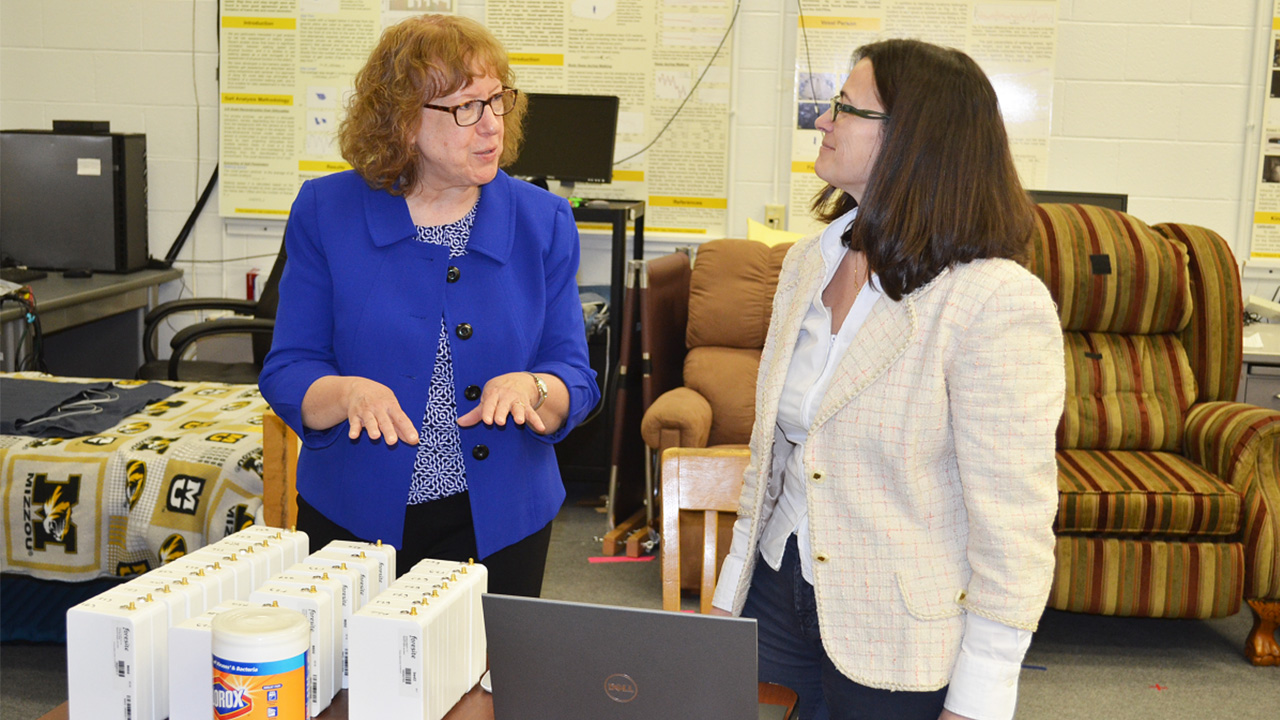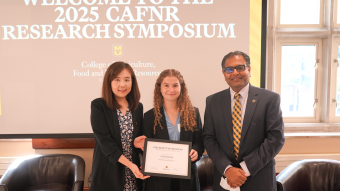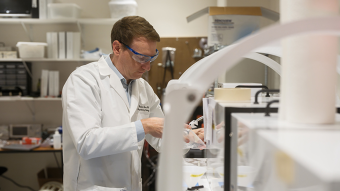
Sept. 26, 2022
The University of Missouri has become the fifth university to join the Center to Stream Healthcare in Place (C2SHIP), a National Science Foundation (NSF) consortium focused on helping patients monitor and manage their health at home.
Marjorie Skubic, a Curators’ Distinguished Professor in electrical engineering and computer science, along with co-principal investigators, were awarded NSF funding to lead the effort.
“The goal is to make innovative care-in-place technology available to the people who need it most by working with industry partners to accelerate commercialization,” Skubic said. “Our aim is to give people options for how and where they age and to improve their quality of life.”
Skubic is the director of the Center for Eldercare Rehabilitation and Technology (CERT), which will now be under the C2SHIP umbrella.
CERT opened in 2006 with the goal of helping older individuals remain independent. Its researchers develop sensors to detect fall risks and monitor vital signs, and other devices that allow patients to track health issues while aging in place.
“The mission of C2SHIP is in line with what we’ve been doing at CERT for the past 16 years,” Skubic said. “From the beginning, one of the missions is to address the needs of older consumers through innovative technology, and to give them access to it requires the research to be translated into the commercial marketplace. This is exactly the framework NSF has set up.”
Becoming part of C2SHIP will broadly impact Mizzou by connecting researchers across campus to global collaborators. In addition to engineering, faculty from the Sinclair School of Nursing, School of Medicine, School of Health Professions, and College of Veterinary Medicine are involved.
Being part of the consortium could also open doors for students to employment and internships.
“Companies are engaging with students and recruiting for internships,” Skubic said. “As things progress, they will no doubt start hiring our graduates. It offers some tremendous opportunities for students.”



